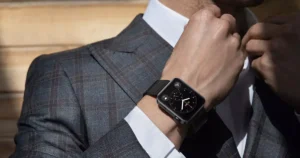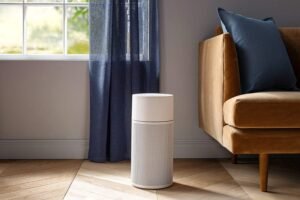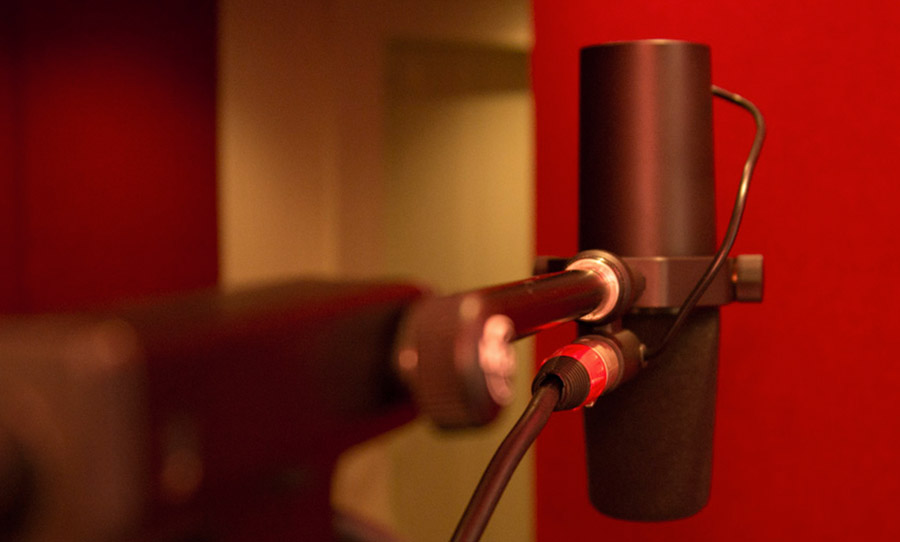
This is the review of the comparison between two microphones from two popular brands in the market. The comparison here is between the Blue Yeti Pro and the Shure SM7B. There is only twenty dollars difference in their price range but there is a wide range of difference in their features and performances. To know which one is better for you, got to the detailed review.
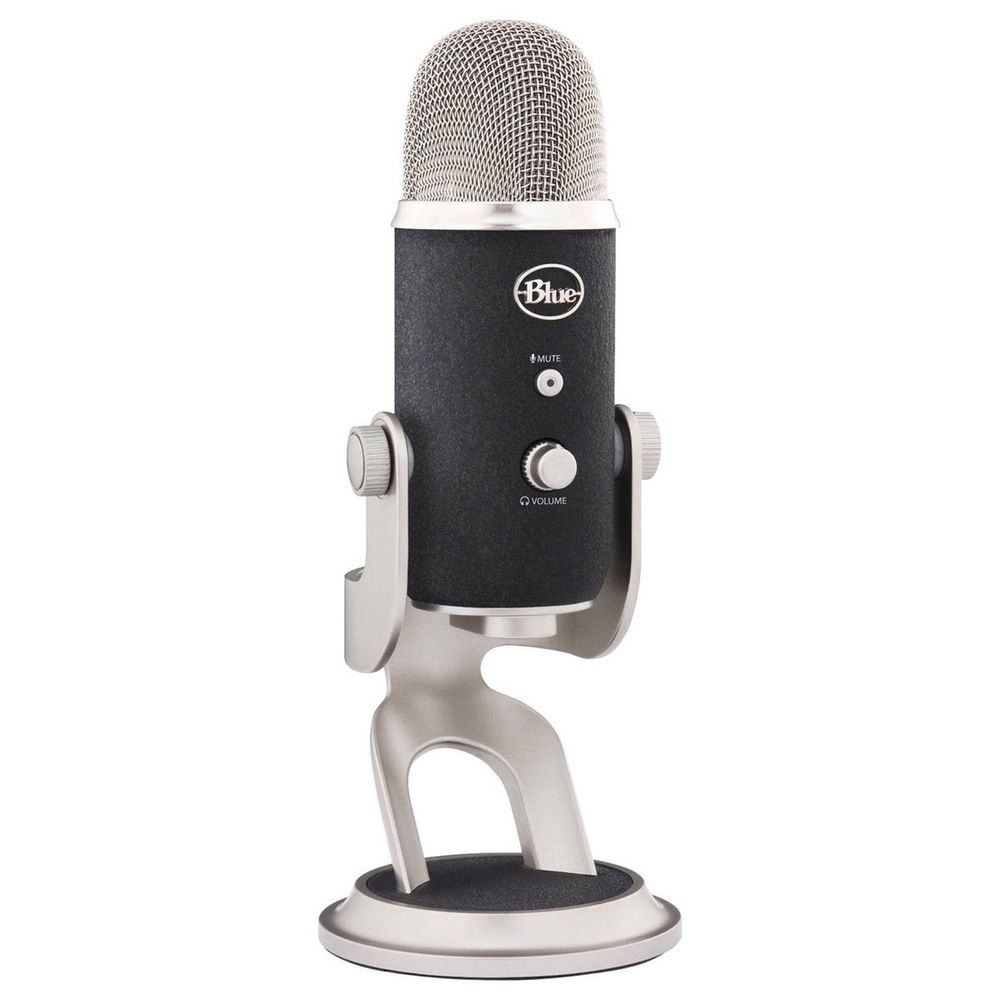 | 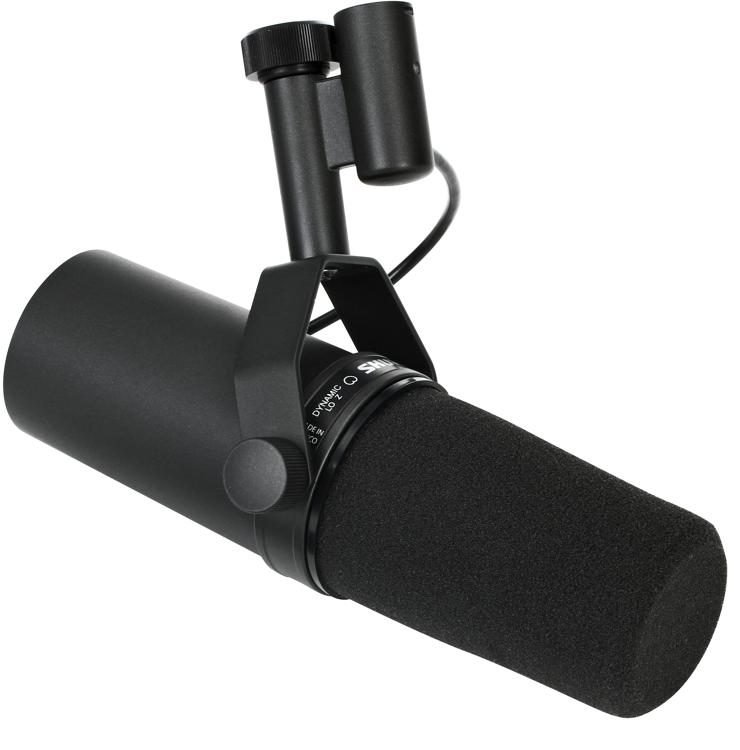 |
| Blue Yeti Pro | Shure SM7B |
| BUY NOW | BUY NOW |
| PROS | PROS |
| Very good sound quality. Can be used as a standalone microphone with a mixer or as a USB microphone. Versatile. Sturdily built. | Excellent vocal reproduction. Works without external shock mount and pop filters. Cheap for a broadcast-quality mic. Off-axis and internal noise rejection. |
| CONS | CONS |
| Can take a bit of setting up. Large and heavy so not very portable. Pricey for a USB mic. | Expensive. Requires a decent mixer or preamp. Cannot be used as a handheld microphone. |
SPECIFICATIONS:
| HEADER | BLUE YETI PRO | SHURE SM7B |
| Brand | Blue Microphones | Shure |
| Product Line | Blue Microphones Yeti | Shure |
| Model | Pro | SM7B |
| GENERAL | BLUE YETI PRO | SHURE SM7B |
| Manufacturer | Logitech | Shure Inc. |
| Recommended Use | Professional audio – recording | |
| MICROPHONE | BLUE YETI PRO | SHURE SM7B |
| Microphone Technology | electret condenser | dynamic |
| Microphone Operation Mode | bi-directional, cardioid, omni-directional, stereo | cardioid |
| Sensitivity | ||
| Microphone Power Source Voultage (DC) | ||
| Frequency Response | 20 Hz | 50 Hz |
| Signal-To-Noise Ratio | 114 db | |
| Total Harmonic Distortion (THD) | 0.5% | |
| Max Sound Pressure | 120 db | |
| Audio Input Details | ||
| Connectivity Technology | Wired | Wired |
| AUDIO SYSTEM | BLUE YETI PRO | SHURE SM7B |
| Type | Microphone | Microphone |
| Recommended Use | Professional audio | |
| Specific Applications | Recording | vocal |
| Additional Functions | Amplifier | |
| Controls | Mute, volume | |
| DIMENSIONS & WEIGHT | BLUE YETI PRO | SHURE SM7B |
| Component | ||
| Width | 4.7 in | 3.78 in |
| Depth | 4.9 in | 5.81 in |
| Height | 11.6 in | 7.47 in |
| Weight | 19.4 oz | 27 oz |
| FEATURES | BLUE YETI PRO | SHURE SM7B |
| Features | Three custom condenser capsules and four different polar pattern settings: Cardioid, Stereo, Bidirectional and Omnidirectional. Cutting-edge A-D converter chip and separate analog circuit path for use with professional studio mixers and preamps. Built-in headphone amplifier for zero-latency monitoring, and direct controls for headphone volume, pattern selection, mute, and microphone gain. 15Hz – 22KHz frequency response. 192KHz/24 bit Sample / Word. | Flat, wide-range frequency response for exceptionally clean and natural reproduction of both music and speech. Bass rolloff and mid-range emphasis (presence boost) controls with graphic display of response setting. Improved rejection of electromagnetic hum, optimized for shielding against broadband interference emitted by computer monitors. Internal “air suspension” shock isolation virtually eliminates mechanical noise transmission. Highly effective pop filter eliminates need for any add-on protection against explosive breath sounds, even for close-up vocals or narration. |
Detail Review:
INTRODUCTION:
Blue Yeti Pro
The Blue Yeti Pro is one of the popular microphones on the market. This microphone is retailing for a higher price of around three hundred and eighty dollars. This is also one of those microphones in the market which supports both USB and XLR. As this is a USB microphone also, this is a plug and play system. This also comes with four polar patterns such as the cardioid, omnidirectional, bi-directional, and stereo.
Shure SM7B
Shure SM7B is also one of the popular microphones in the market. Shure is a popular brand in the market and almost every microphone from Shrue is very popular. This microphone is retailing for around four hundred dollars which is along with the higher price range. This microphone connects through the XLR and definitely the sound output by XLR will be better than it will by USB.
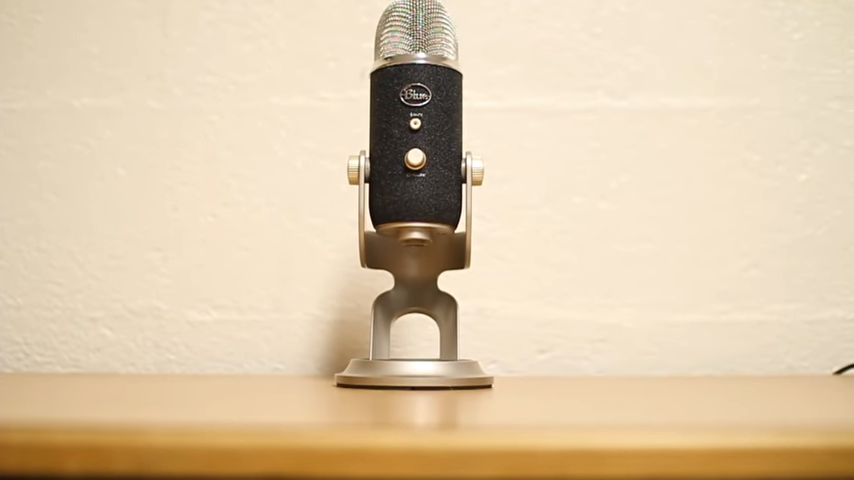
DESIGN:
Blue Yeti Pro
Basically, one thing you should know about this mic right away is it is absolutely massive. It measures in at about a foot tall and about four inches wide. Just like the original Yeti, this mic comes with a stand which a lot of other companies fail to include. It’s a pretty versatile stand as well, and you can take it off the stand and use it with an arm. The base of this stand is weighted nicely, so it won’t be sliding around. Like other microphones in the market, you got to bend it over and the bottom is the most important part of the microphone where you can determine what kind of sound quality you get out of the Yeti Pro. On the left there’s a USB port to connect it to your computer, they provide that cable. On the top is an analog stereo XLR connection, and they also provide that XLR cable.
On the right-hand side, there is a pretty good feature, it’s a no latency headphone jack for listening to your recordings live, and on the bottom, there is a threaded hole for your microphone stand. On the front of the Yeti Pro, there you have your controls for that latency-free headphone jack, so you can listen to yourself louder or softer or mute the mic altogether. On the backside, we have controls for all the mic patterns where you can switch between stereo, cardioid, bi-directional, and omnidirectional patterns.
Shure SM7B
As far as the build quality, this is another one of those cases where I think Shure has set the gold standard for what to expect out of broadcast microphones. It has an all-metal construction, a really nice amount of weight to it, and it’s just sturdy and well-thought-out all around. On the back of the microphone, you’re gonna find two switches one for a low-cut filter, and another for a mid boost switch.
It already has the mounting system attached, so you’ll connect to this directly to your stand as well as connect your XLR port right there. Some people may be thinking how do you connect a shock mount to this microphone and to be honest, you don’t really need one because there is an internal air suspension system to help with any sort of bumps to the microphone stand or handling noise.
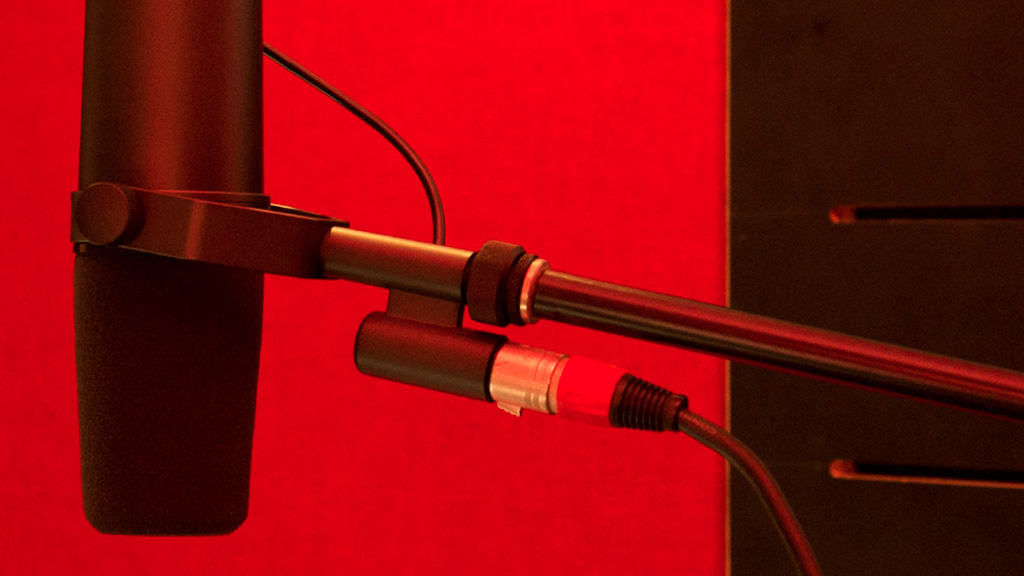
FEATURES:
Blue Yeti Pro
The box of the Blue Yeti Pro is really nice, it’s got a nice design to it. Inside the box, you get your USB cord and your XLR cord, some documentation and instructional manual, and your microphone itself. The big difference between this microphone the Yeti Pro and the first microphone the Yeti USB is the USB port in the Yeti Pro. This is to get the audio from the microphone into your computer really easily, really quickly.
Actually, the USB port comes on the original Blue Yeti microphone but what the original Blue Yeti microphone doesn’t have is this XLR out. The reason why it’s important to have this port here is that this will allow it to let out into mixing boards into giant monitors, and generally, it’s just thought to be a better output than your normal USB cord. Basically, the XLR is the analog out and the USB port is the digital out and maybe you don’t know much about analog versus digital then you need to know that the analog is always the better quality.
If you ever have the choice between analog or digital-analog, it’s the way to go because you can always convert that into digital but with digital, you can’t always achieve the great quality of analog. For those of you familiar with XLR out, that might look a little strange to you because usually it’s only three prongs but here you can see five prongs. But the reason why that is different from most XLR outs is that it’s an XLR left and right. Why would it even need left and right XLR outs that’s because these records not in mono but in stereo, so it’ll pick up from the left and right and of course it helps with the quality?
Shure SM7B
In the box, obviously, it comes with a microphone, you get a 5/8 to 3/8 inch microphone stand adapter, you get an additional windscreen to help with plosives and also cut down on some of those higher frequencies, you get a back panel cover to cover the switches on the back of the microphone, you get some documentation, and you get a sticker.
As far as specs this thing has a cardioid polar pattern, a frequency response of 50 Hertz to 20 kilohertz, a sensitivity of negative 59 decibels that’s so quiet, and an impedance of 150 or 300 ohms. You can switch between different modes in the tone switch such as the flat mode, high pass(low-cut), and mid-boost. Once we add the bigger pop filter onto the mic, it does decrease the higher frequencies just a little bit.
This mic just sounds incredibly natural with accurate sound reproduction. It has the ability to adjust the tone of the microphone with the switches on the back of it. It also does a pretty good job at background noise rejection while also being forgiving if you move slightly off-axis, which is really beneficial if you’re podcasting or if you’re in a broadcast situation. It has a frequency response all the way up to 20 kilohertz, and it’s insanely durable. In terms of cons, it’s just really dang expensively and it’s also really quiet as is the case with many dynamic microphones. So, you’ll just have to drive your preamps pretty hard or pick up a mic activator.
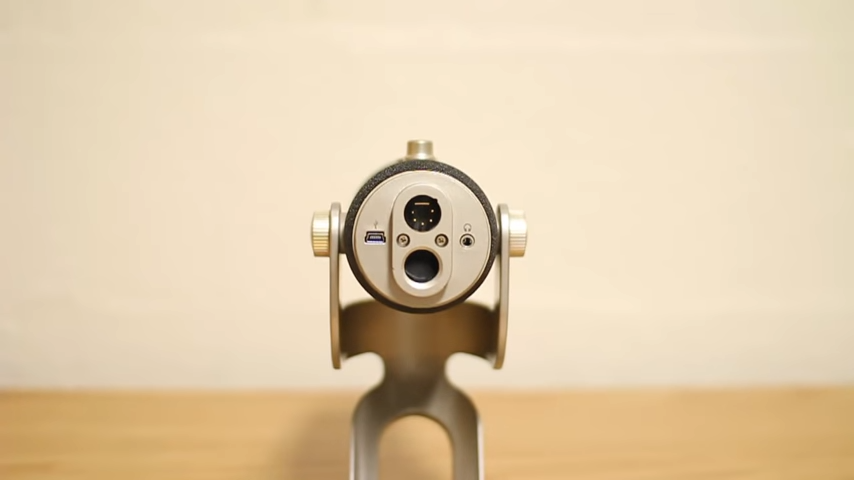
PERFORMANCE:
Blue Yeti Pro
While I was testing the sound for the Blue Yeti Pro microphone, I noticed that it picked up the audio at a much higher quality, and in fact, there’s a knob on the Blue Yeti microphone to that if you don’t sound loud enough, you can actually turn up the gain to make yourself sound louder. At standard recording from the Yeti Pro microphone when the gain is about medium recording at 192 kilohertz and 24-bit stereo sound in the cardioid pattern, the audio quality is really quite good.
It sounds very good in the cardioid pattern for things like vocals and voiceovers. If you do record at such a high bitrate the file size tends to be pretty high, so if you don’t need such high-quality vocals you can turn that down. But if you’re buying the Blue Yeti Pro it’s such an investment that you might as well get the most out of it. So, I can highly recommend this microphone based on the sound that I’m getting out of it. The sound quality of the triple capsule pattern within the Yeti Pro is really impressive.
Shure SM7B
This mic just sounds incredibly natural with accurate sound reproduction. I think this mic sounds good on the electric guitar, amazing on the voice but then on the acoustic guitar, it leaves quite a bit to be desired. But the reason why I love this microphone so much is that you get all the benefits of a broadcast dynamic microphone without being limited and what I mean by that is a lot of broadcast dynamic microphones just offer you one tone, and that’s the super boomy radio voice which is something you would never ever want on a musical recording.
While with the Shure you can get that tone out of this microphone with a little bit of processing but also you can record pop vocals on this thing or record some screaming metal vocals. It’s just a lot more versatile of a microphone, and if you’re paying 400 dollars for a microphone, I think you should be able to do more than one thing with it and this microphone fulfills that need.
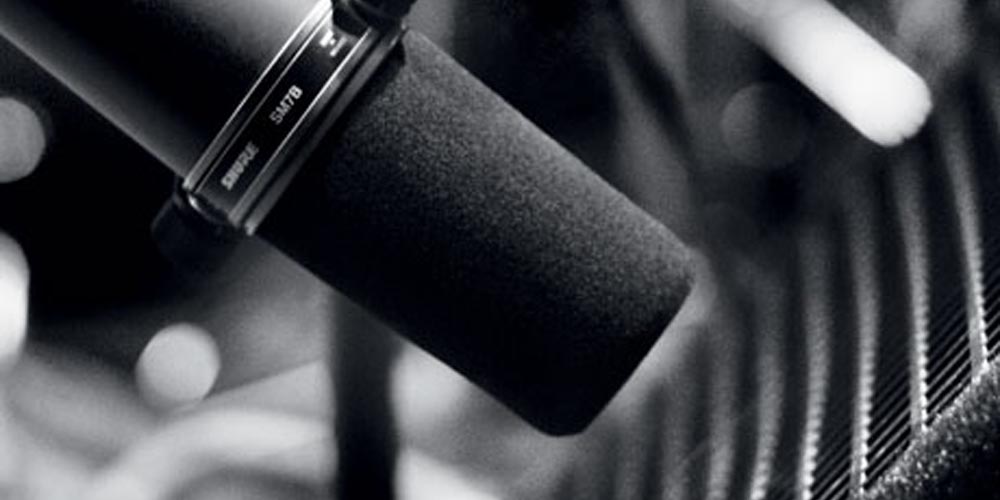
WHICH ONE IS BETTER FOR YOU?
I think for the majority of people just picking up the Blue Yeti Pro for few dollars cheaper than the SM7B would be perfectly sufficient and fulfill all your needs as it comes with four polar patterns. Although I do 100% recommend the Shure SM7B microphone if you do want to take it to that next level and get that little bit of added frequency response from 18 to 20 kilohertz as well as an improved low-end but I don’t think it’s for everybody because you don’t have to spend $400 to sound good.
Expert Reviews of Blue Yeti Pro:
By Trusted Reviews
The Blue Yeti Pro is definitely a bit pricey for hobbyists, but if you’re seriously into your home recording or your small media business is looking to get the best audio for its…By Musicrepo
For many, this is the ultimate USB microphone. It costs more, but its sheer versatility and high recording quality make it a good investment. My only criticism, really, is the size…By Engadget
Like all Blue products, the Yeti Pro is a looker. While attached to the included stand, it looms at almost a foot tall. Handsome textured black and silver metal encloses the…By Mixdown
Ideal for beginners and advanced users alike, the Yeti Pro Studio is a microphone that will continue to deliver results as your needs develop. Yes, it doesn’t lend itself to use with standard suspension mounts, so it…By thenextweb.com
The Yeti Pro is also capable of exponentially higher bitrate recordings than the original Yeti. You can crank that sample rate all the way up to 192 kHz, instead of 48 kHz like the original Yeti. If you’re not familiar…Expert Reviews of Shure SM7B:
By microphone geeks
Shure SM7B is a legendary high-end dynamic microphone, often used on radio stations, for podcasting, voiceovers, and studio recording as well. Many people believe that to get the best sound…By musiccritic.com
It is one of the most well-respected and best-loved microphones in the world. It offers exceptional sound quality across a wide frequency range. It’s also versatile, meaning it can be…By internetfolks.com
As always, the answer to this question is “it depends”. For podcasters, voice-over artists, radio stations, and recording studios, the Shure SM7B microphone is definitely worth buying. It has a unique sound…By sustainpunch.com
In our opinion, the Shure SM7B is such a fantastic microphone! As we’ve said, it’s extremely versatile and we use it for recording vocals mainly, and we’re looking to even do some video commentary with…By shout4music.com
The Shure SM7B is one of the top vocal microphones in the world, and its incredible sound quality makes it a favorite for professional studios everywhere. The flat frequency response allows for an excellent…


